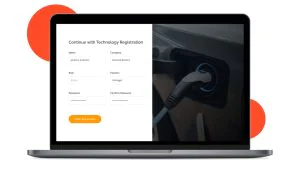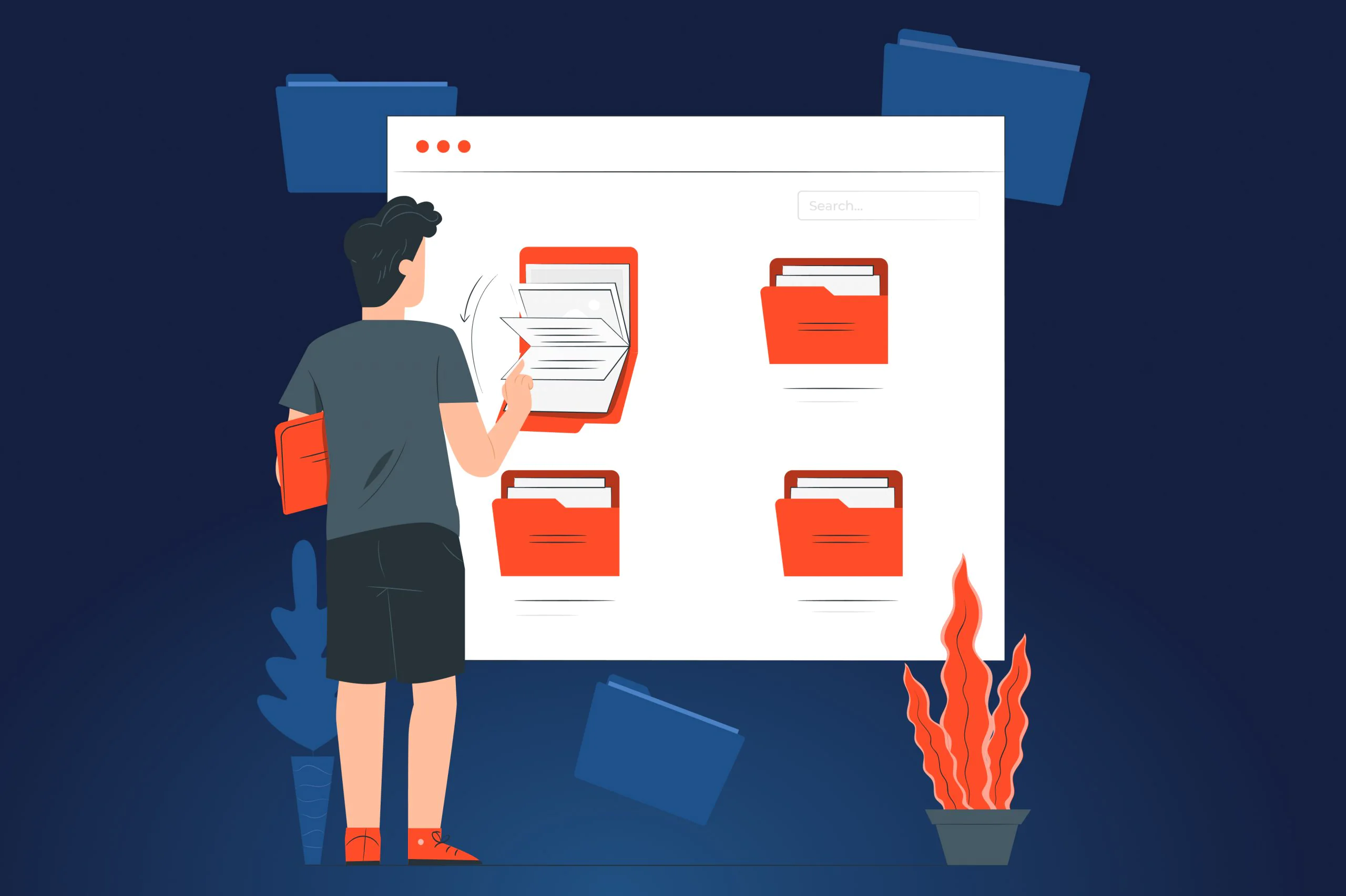Do you make a checklist before going on a summer vacation trip? If you don’t, it is completely fine. In the end, chances that you’ll need a warm jacket you forgot to take with you are really low.
But it’s bad not to make a checklist for your Software-as-a-Service (SaaS) product development. Missing one important aspect of your SaaS project can result in a failure of the entire business. In fact, up to 90% of startups fail today because of overlooking numerous factors important to a successful business growth. Just look at the image below — there are so many landmines to step on.
That is why having a SaaS launch checklist within the line of your sight is crucial for the success of your project. The JatApp team has been helping businesses develop SaaS solutions since 2015 and we know that keeping the SaaS product development process in order can be overwhelmingly challenging. For that reason, we have prepared a SaaS product launch checklist which you can copy to your notes and reminders to make sure you don’t miss anything vital for your SaaS project.
Step 1: Business analysis and discovery
There are two major activities, from which your SaaS business must start:
- Business analysis. Since you are going to develop a SaaS product, you should clearly define what it will do, for what reason, and for whom. You have to determine your target market of users, their pains and challenges, as well as ways you can solve these problems. Owing to a profound business analysis, the JatApp team managed to come up with an elegant and no-brainer user interface/user experience (UI/UX) design for the building energy management system. As a result, the client raised $4.4 million in pre-Series A round of funding.
- Product discovery. As soon as your team is done with the business analysis, a product discovery can begin. It’s an essential component of a SaaS product development process from tech and business perspectives. Speaking about the business aspect of discovery, you need to start brainstorming various ways of bringing your SaaS product to life. The goal is to estimate budget, time frame, business models, technology stack, design, and so on. You need product discovery for understanding how you will develop your solution and whether it’s reasonable to create this SaaS the way you intend. Let your team express all their ideas and opinions. The more ideas for your product development you get, the better.
Step 2: Vision and implementation plan
The following steps actually stem from what we’ve just described. But now you have to clearly define your vision and action plan:
- Vision. When you’ve chosen a distinct way of creating and releasing your SaaS product, you should align your business vision accordingly. That will be your guiding light throughout the entire product lifecycle. It doesn’t mean that you shouldn’t be flexible, though. Instead, your product must adapt to the needs of your users. You need a vision to have a roadmap to follow, but you can change it on the go. Setting a SaaS product vision helped our client, a facility management platform, to focus their efforts on working towards solutions that improve performance of facility management companies on all levels of operations. Our cooperation is ongoing, and we can confidently say that having a clear vision helps our clients to keep concentrated only on the product features ideas that are really important to facility management operations.
- Goals. You definitely must remember about setting goals for your SaaS business. There is nothing better than following the good old SMART model: goals have to be specific, measurable, achievable, relevant, and time-bound.
- Actions. You have a vision and goals, so now it’s time to determine actions that will lead you to achieving your goals, but without deviating from your business vision.
Step 3: Pricing model definition
Defining the adequate pricing model is an underlying factor of your product success. Your actions here are the following:
- Read our article about the SaaS billing models. We have written an article that slices down the matter of setting a proper billing model for your SaaS. The blog post explains how to choose an adequate pricing strategy and pricing model and what benefits you’re likely to get with them. The article is here.
- Develop a value-based pricing strategy. We at JatApp are straightforward about the choice of both SaaS pricing strategy and model because there is no point in recommending something that won’t work after all. Of course, there is always room for exceptions, but the majority of SaaS users perceive a product’s price as some reflection of its value. If your product doesn’t offer a value as high as the price you set, you’re likely to have only a few regular customers.
- Adopt a freemium pricing model. By enabling your customers to try your product at full scale you let them appreciate the value your solution offers. When customers realize that your product is truly useful for them, they’re more interested in onboarding and paying regular subscription.
Step 4: Planning and iterating
- Project planning. Planning your software development project is vital for your business. Without a step-by-step plan to follow, your project will be endless and without any satisfactory result. You have to set a specific budget, time, and deliverables you expect to achieve by the end of a particular project milestone. Thanks to a distinct planning done by JatApp’s project managers, our client, autonomous power bank rental company, successfully delivered the product to market on time, even though the COVID-19 pandemic caused a serious delay of the product’s hardware.
For now, the product has 24 corporate customers, which involves around 40,000 regular users. - Prototype iteration. Once you’ve decided how your product will solve a target user’s problem, you should start to brainstorm different features and the product concept before coding in order to avoid refactoring of the entire product. Again, let your team brainstorm various approaches, but don’t force them to bring you a ready-to-go product as it should be just a prototype or maybe even a proof of concept (POC)! For example, when the JatApp team was working on the development of electric vehicles charging stations monitoring platform we designed a middle-fidelity prototype first to understand whether the product concept is feasible and meets the business requirements.
The prototype has shown that the idea is worth elaborating on, so our team successfully developed a web app, as well as mobile native apps for electric vehicles drivers, charging stations owners, and their corporate clients. For now, 68 companies succeed in running electric vehicle charging stations business across Europe.
Step 5: Developing a minimum viable product (MVP)
Before launching a complete product, you need an MVP to understand whether your business idea will work with your target audience. By launching MVP first, you’ll save tons of money, in case your product won’t be as successful as you expected. Moreover, you’ll have a chance to adjust your SaaS solution according to the feedback left by your early customers. To define your MVP, you need to complete four steps:
- Create a customer profile. We’ve already covered that you should define your target audience. Before developing your MVP, you need to work on defining details about the user persona you selected and think about narrow-specific, yet common user stories.
- Define value proposition. Since it is MVP, it’s necessary to define all the basic features of your product that actually fulfill the vision you’ve formulated before. For instance, if you are working on a SaaS product for fitness exercises at home, you should provide features related to doing personalized physical exercises first instead of developing workout scheduling features or balanced nutrition tips.
- Determine delivery channels. You need to decide how you can deliver the value your product creates. Specific features, user experience, preferable platform, and even proper marketing of your product relate to the value delivery channels. It’s quite possible that your SaaS may have some other ways of delivering its core offer, so don’t omit them!
- Establish relationships with customers. It is critical to make sure that your early customers are able to leave feedback. We recommend you to embed feedback gathering in your SaaS product, while your marketing campaign should aim at surveying/interviewing early adopters as soon as you launch the MVP.
Step 6: Application development
In this step, there are several vitally important things that you should pay attention to:
- Select proper architecture. A choice of the right SaaS architecture is a critical step for the whole business because it defines how your product will work. There are two major types of architecture: monolithic and microservice architecture. The JatApp team are big fans of microservice architecture thanks to its ability to scale a SaaS product without facing serious challenges. We offered our client Cunio, a property management platform, to use microservices for scaling their product. In addition, microservice architecture enabled our team to work separately from the client’s in-house developers, thereby preventing any confusions and interference with the source code of the product.
- Pick up a tech stack. Selecting a proper technology stack is as important as SaaS architecture. Again, tech stack will determine how your product will work as different programming languages and technologies have various pros and cons. You should always remember about your value proposition, business requirements, and resources available to select a technology stack that will fit your SaaS product development best.
- Assemble the development team. Whatever architecture and tech stack you’ll prefer for your SaaS solution, people are at the core of application development. That’s why gathering a team of qualified and motivated professionals is the box that you must check with a bold tick. There are two ways to gather a development team: hire in-house or outsource to a software development company overseas. Having an in-house team is a good option as you’ll have full control over the process, but finding relevant talent and paying the salary to the whole team is unreasonably expensive. When you release your SaaS product, at least a half of the team won’t have any job to do, which means you’ll need to keep paying them just for nothing or lay off after a relatively short period. Instead, we suggest hiring a dedicated development team from an IT company. Software development agencies will assemble a team according to your project requirements and the team will work as if they are your in-house employees. And like we said, you can outsource your SaaS project fully to an IT vendor and then just leave feedback on every project’s milestone delivered. To learn more about what outsourcing options you have, read our dedicated article about outsourcing engagement models.
Step 7: Release
We don’t think that you’ll forget to release your product, but there are two important things to consider before making your product go live:
- Establish cloud infrastructure. Since you’re going to build a SaaS solution, your tech team must have already prepared cloud storage, but you need to make sure that you have separate environments not only for development but also testing and production.
- Set up continuous integration/continuous development (CI/CD) pipeline. To release your SaaS product successfully, it’s essential to set CI/CD pipeline ready in order to minimize time on development, bug fixing, and making any further releases. That is why your team requires a development and operations (DevOps) engineer who will take care of the CI/CD environment and will be ready to act in case something goes wrong during the product launch.
Step 8: Beta testing
- Gather a group of beta testers.Aside from testing and quality assurance of your product before the release, it is reasonable to initiate a beta testing that involves real users. All you need to do is to find enough people who will use your product and leave feedback. Responses of the beta testers will be a direction for improvements you should make in your solution to create a full-fledged SaaS product.
Step 9: User onboarding
- Select an onboarding strategy. There are two main strategies when it comes to SaaS user onboarding: self-service and white glove. Self-service onboarding means that your users follow guidelines, tutorials, and walkthroughs on their own, while white-glow onboarding involves training by your support team that consults customers about how to use the product.
- Integrate the onboarding process into UI/UX. Regardless of the onboarding strategy you opt for, it has to be a part of the UI/UX design of the SaaS. In such a way, the customer onboarding process will be smooth and pleasant, just like cracking air bubbles on a protective wrap.
- Pay your early adopters a small reward for trying the product. This checkpoint may sound strange if not ridiculous. But many great SaaS companies don’t have strong customer retention because of a complicated onboarding process. In our opinion, SaaS user onboarding is always hard. Your customers will have to make an effort to learn how your solution works. You may spend tons of hours working on the UI/UX design, but it won’t guarantee you that all customers will understand everything in no time. But when you offer small monetary rewards after performing various basic actions, a customer has a strong motivation to take effort. The research says that people who were exposed to information about the harms of smoking didn’t actively quit the habit unlike those who were paid for not smoking within a period initially agreed. So, why on earth motivation with reward principle won’t work with SaaS users?
Step 10: Product marketing
- Leverage all marketing instruments. Whatever SaaS product you have, you should market it properly. Actually, SaaS product marketing requires a separate article. We’ll just say here that you can shoot all marketing guns you have: content marketing, Google Ads, social media, referrals, and so on.
JatApp won’t let you miss anything on your list
Keeping a checklist is definitely useful for the SaaS product development process, but having a team of developers who are going to ace every step from the list is a bulletproof guarantee that you will be satisfied with the end-result. This can be verified by 99% of JatApp clients, who were happy with the products we developed for them.
Start developing your robust SaaS solution with JatApp in one click. We’ll get back to you as soon as possible to discuss the details of your project.


















